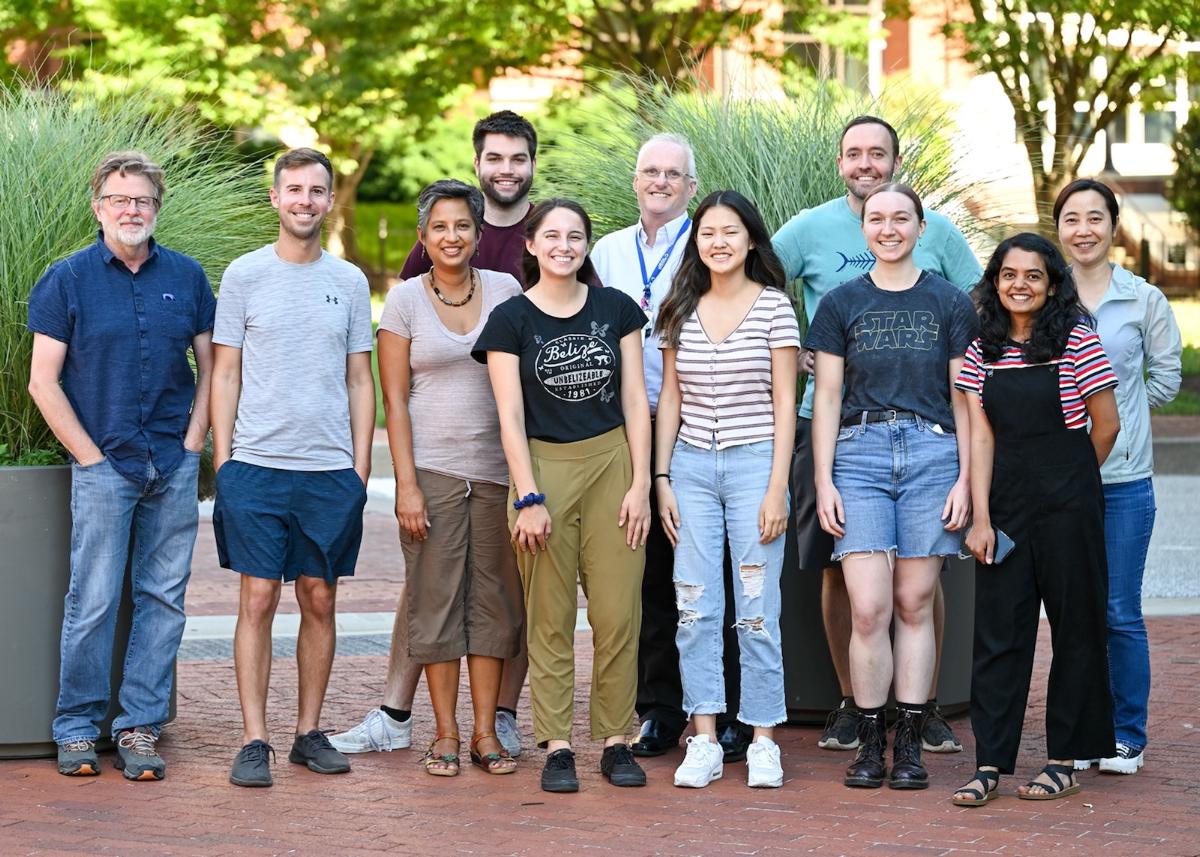Lab
Mumm Lab
|

|
Statement of Research Interest
Cellular Regeneration
To advance studies of cellular regeneration we developed an inducible cell-type specific ablation technique based on transgenic expression of the prodrug converting enzyme, nitroreductase. When applied in zebrafish, this technique opens up several potent avenues of investigation: 1) Cell-specific regeneration paradigms and associated degenerative disease models, 2) Neural function studies, linking neuronal cell subtypes to discrete behaviors and/or percepts, 3) Correlations between extent of neuronal injury/repair with the degree of functional loss/recovery, and 4) Large-scale genetic and chemical screens for systematically dissecting mechanisms that regulate the regeneration of individual cell types. Regarding the latter point, two recent initiatives are particularly exciting for us:
1) We have initiated unbiased ‘forward’ genetic screens to identify mutant zebrafish that are incapable of regenerating specific neuronal subtypes in the retina. Identifying the genes mutated will provide valuable insights into factors required for productive retinal repair. In addition, ‘regeneration-deficient’ mutants provide a resource for large-scale compound screens aimed at identifying drugs that stimulate regeneration.
2) We have recently developed a high-throughput screening system for quantifying cell loss and regeneration in living fish over time, termed Automated Reporter Quantification in vivo (ARQiv). A key advantage to ARQiv, as compared to other whole-organisms screening platforms, is the increase in throughput to true HTS-compatible levels (>50,000 fish per day). ARQiv is also highly versatile, being adaptable to a range of reporter assays and capable of screening zebrafish from embryonic to juvenile stages. The versatility and ease of deployment of this platform should serve to rapidly expand the kinds of whole-organism HTS assays for which the zebrafish system can be utilized, and thereby providing a simple solution to current “biological validation” bottlenecks plaguing drug discovery efforts.
Throughout our research, an emphasis is placed on translating what is learned in the zebrafish model system toward the development novel therapies for stimulating dormant regenerative capacities in humans.
To advance studies of cellular regeneration we developed an inducible cell-type specific ablation technique based on transgenic expression of the prodrug converting enzyme, nitroreductase. When applied in zebrafish, this technique opens up several potent avenues of investigation: 1) Cell-specific regeneration paradigms and associated degenerative disease models, 2) Neural function studies, linking neuronal cell subtypes to discrete behaviors and/or percepts, 3) Correlations between extent of neuronal injury/repair with the degree of functional loss/recovery, and 4) Large-scale genetic and chemical screens for systematically dissecting mechanisms that regulate the regeneration of individual cell types. Regarding the latter point, two recent initiatives are particularly exciting for us:
1) We have initiated unbiased ‘forward’ genetic screens to identify mutant zebrafish that are incapable of regenerating specific neuronal subtypes in the retina. Identifying the genes mutated will provide valuable insights into factors required for productive retinal repair. In addition, ‘regeneration-deficient’ mutants provide a resource for large-scale compound screens aimed at identifying drugs that stimulate regeneration.
2) We have recently developed a high-throughput screening system for quantifying cell loss and regeneration in living fish over time, termed Automated Reporter Quantification in vivo (ARQiv). A key advantage to ARQiv, as compared to other whole-organisms screening platforms, is the increase in throughput to true HTS-compatible levels (>50,000 fish per day). ARQiv is also highly versatile, being adaptable to a range of reporter assays and capable of screening zebrafish from embryonic to juvenile stages. The versatility and ease of deployment of this platform should serve to rapidly expand the kinds of whole-organism HTS assays for which the zebrafish system can be utilized, and thereby providing a simple solution to current “biological validation” bottlenecks plaguing drug discovery efforts.
Throughout our research, an emphasis is placed on translating what is learned in the zebrafish model system toward the development novel therapies for stimulating dormant regenerative capacities in humans.
Lab Members
| Thierer, James (Jay) Post-Doc | Ceisel, Anneliese Graduate Student | Emmerich, Kevin Graduate Student |
| Montalvo, Omar Research Staff | Saxena, Meera T. Research Staff |
